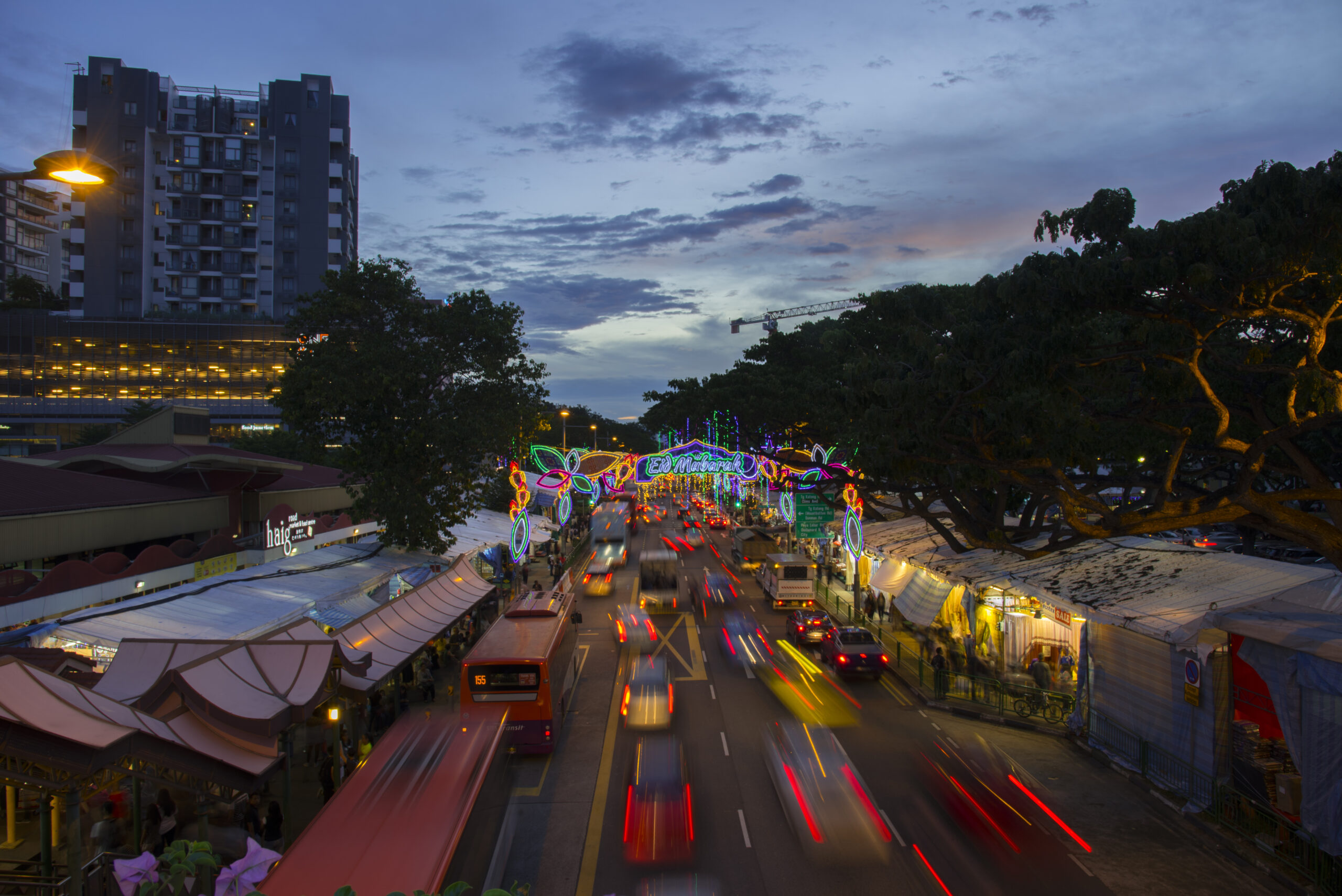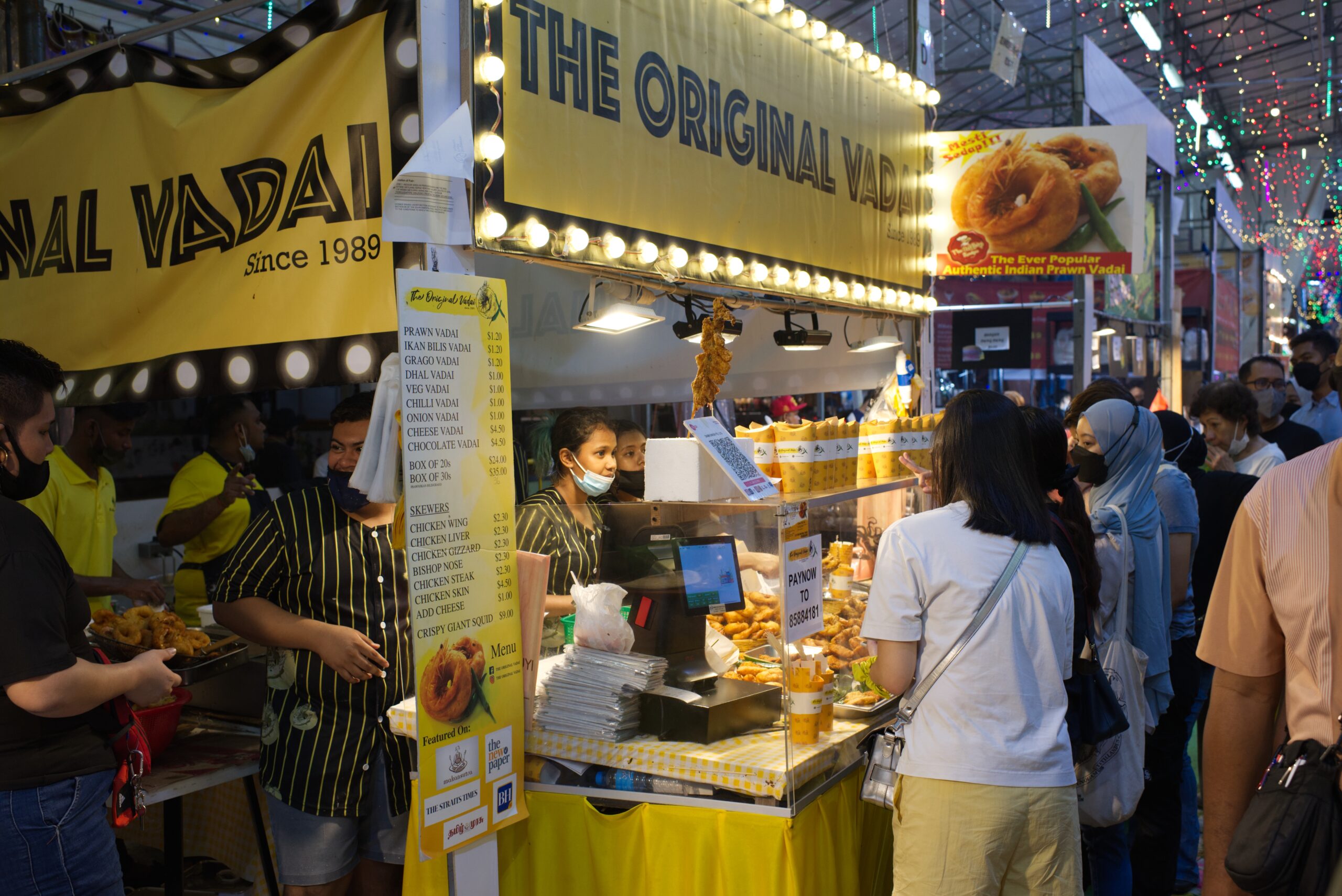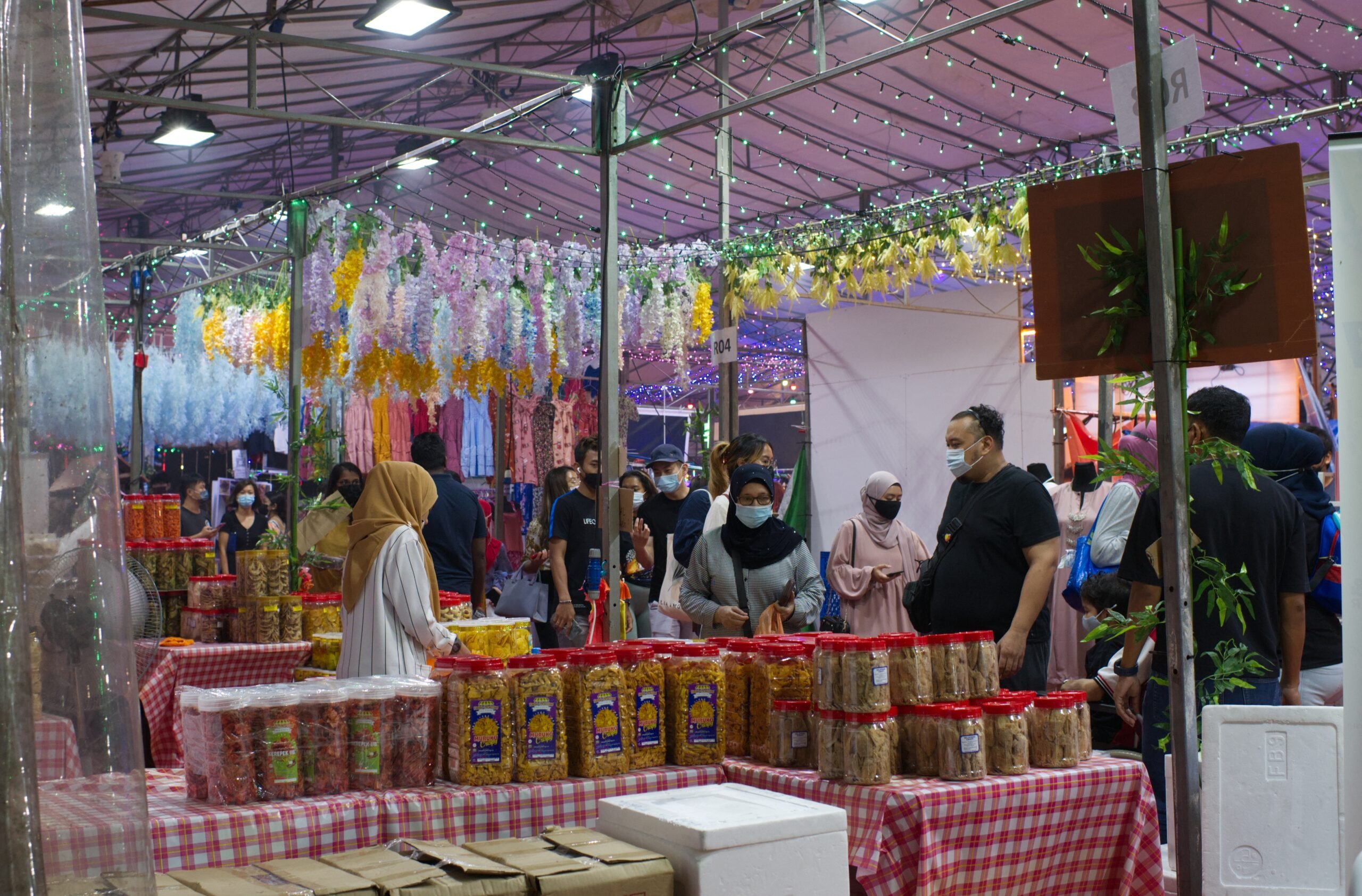After several years of being muted by the pandemic, the Geylang Serai Ramadan Bazaar is finally back in full swing.
The bazaar is known as the one-stop place to get all your funky hipster foods, where you’ll see the word “truffle” at nearly every stall.
However, with all things getting expensive, so is rent. You may have heard over the years about the skyrocketing costs of renting a stall at the bazaar.
And because of that, around 20 per cent of stalls still need to be occupied.

Where Have All the Stalls Gone?
The bazaar, which was recently opened on 17 March, still has a sizeable number of stalls not occupied, with one section of the bazaar empty.
The Original Vadai, a famous stall that has been a feature of the bazaar for thirty years, told CNA that one of the struggles faced this year was the “high bids needed to secure a space.”
Mr Suriyah described the stretch along which The Original Vadai is located to be one of the “hottest.” Usually, stalls along this stretch would be occupied very fast. However, it was noticed that three stalls were unoccupied this year.

Mr Suriyah said this was perhaps due to the “high rental.” According to him, this year’s rental costs are “one of the highest”.

Despite this, Mr Suriyah is running five stalls at the bazaar this year and has increased prices by 10 cents to maintain profits.
Almost 200 stalls are still empty, with organisers citing that many of the vendors that used to run these stalls have “pivoted to home-based businesses” and are facing “stiff competition with at least ten other Ramadan bazaars.”
The Organisers’ Plan
To attract more vendors to occupy the remaining units, the organisers have created a plan for those unable to afford the rent.
Instead of paying the rent, vendors who cannot afford the capital outlay may give a percentage of the sales to the organisers.
According to one of the organisers interviewed by CNA, Mr Mustaffa Shah, the initiative is called the GTO Free Rent Revenue, with GTO referring to the sales proceeds.
Here’s an example he cited: for every ten-dollar sale, the organiser will take two or three dollars depending on the value of the shop’s pace.
The organisers have stated that the cost of setting up the bazaar was nearly $2.5 million. New concepts were introduced this year, including a performance stage and a mezzanine to attract new visitors, namely those wanting to break fast at the bazaar during Ramadan.
For the first time, a stable with live animals has been set up at the bazaar, where one can ride a pony and meet parrots.
Visitors’ Views
According to visitors interviewed by CNA, there is a noticeable price increase in the products sold at the bazaar from previous years, but they are “still affordable.”
“People would just sit by the roads” due to a lack of seating despite the abundance of stalls.

The number of stalls set up this year increased tenfold from last year when there were only 70 stalls in the bazaar’s comeback from the pandemic.
This will be the longest-running bazaar and will be open until 22 April, so head down while you can to enjoy the festivities.




